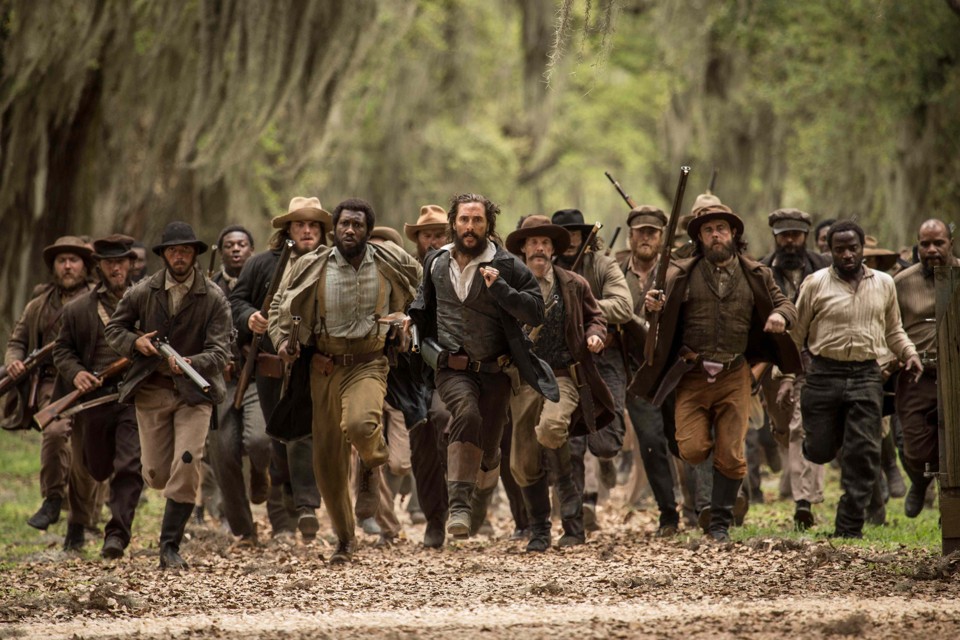Commodification of the Black Body, Sexual Objectification and Social Hierarchies during Slavery
The Earlham Historical Journal: An Undergraduate Journal of Historical Inquiry
Earlham College, Richmond, Indiana
Volume VII: Issue II (Spring 2015)
pages 21-43
Iman Cooper
The horror of the institution of slavery during the late eighteenth century was not that it displaced millions of African people from their homes to the US, but rather that it laid the foundation for the commodification and dehumanization of the black body that was culturally, socially, and politically maintained for hundreds of years to come. This essay will first explore the commodification of African captives as the foundation of my analysis, in order to later examine the social and political ramifications of the sexual objectification that was rampant during the slavery era, through the analysis of Harriet Jacob‘s slave narrative. Slavery had long-reaching effects on the conceptualization of the black body, which is later depicted by the emergence of the mulatto class. White slave owners executed their perceived right under the creation of commoditized black bodies to sexually abuse their slaves, producing mixed race (mulatto) children. Social, religious, economic, and political factors allowed the sustained commodification of black bodies to occur. As a result of commodification, black bodies were rendered disciplined subjects; beholden to the will of white men. Simultaneously, white planters‘ wives were socially conditioned to remain publicly silent in the face of their husband‘s betrayal and abuse; hence they often executed their anger on the black slave, further rendering the black body an object to be claimed by others to enact their will upon. Commodification of the black body at the start of the era allowed for the objectification of the black female body to continue throughout slavery, as portrayed by the simultaneous abuse of the masters and the subsequent retribution of the master‘s wives, which were enacted on the black female body…
…Fetishization of the Black Female Slave and Mulatto Children
Black women were both fetishized and regarded as impure, when seen in contrast to the modesty of white women; therefore at the height of slavery, relationships with slave women were decidedly culturally unacceptable. However, just because these relationships were frowned upon does not mean that men resisted crossing the line of this social taboo; they did. The violation of this boundary by slave-owners was sometimes shamelessly explicit, while other times they attempted to keep their affairs secretive, for fear of both the societal backlash and the anger of their wives. As a result, the mulatto class grew extensively during the slavery era, becoming a visible marker of the extensiveness of this issue in the society. The skin color of these children served as a visible reminder for the wives and the community of their husband‘s infidelity. Masters sometimes took care of their mulatto children and eventually freed them, but more often than not, children either worked on the plantation, or (at their wives‘ insistence) were put up for auction and sold into slavery. As the mistress of the plantation, wives held a degree of power that could either improve the lives of slaves on her plantation, or create further harm and devastating destruction…
Read the entire article here.

